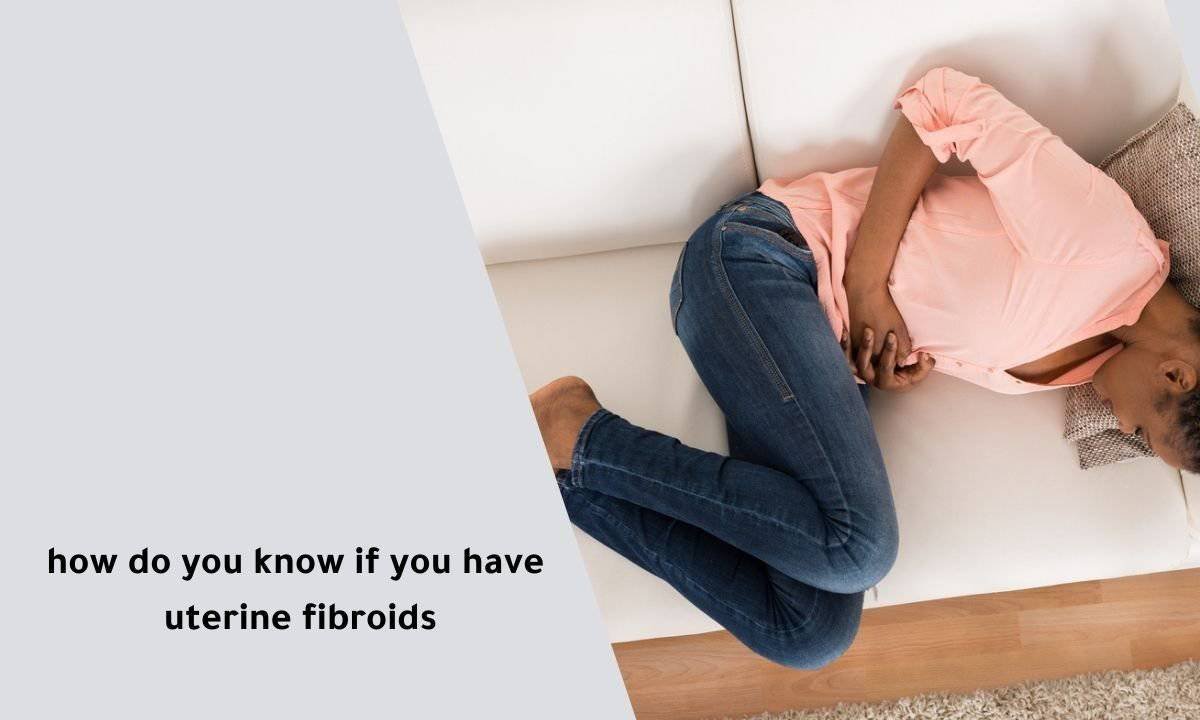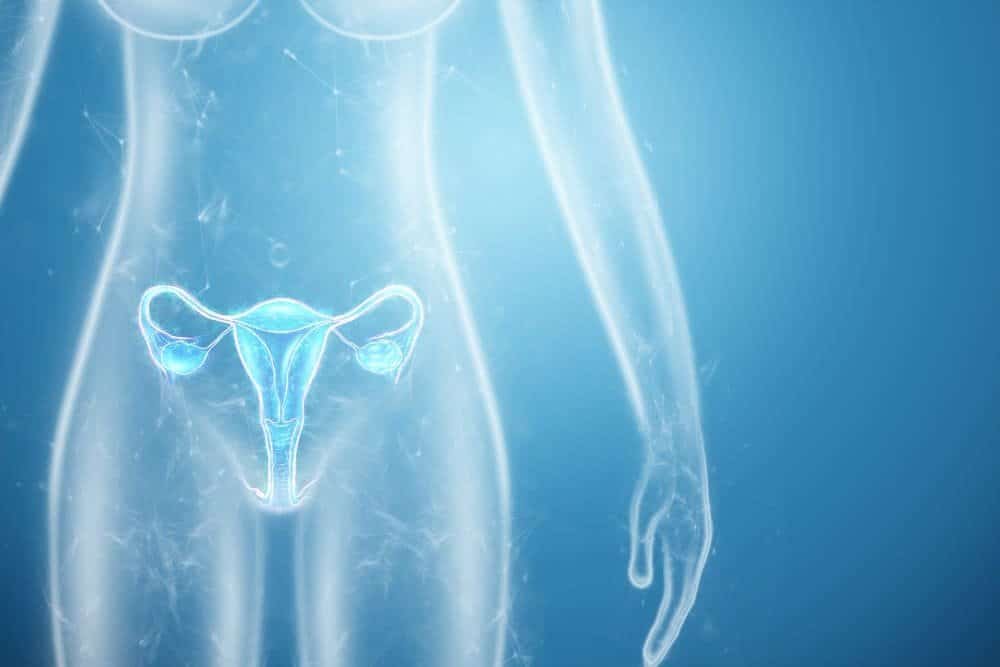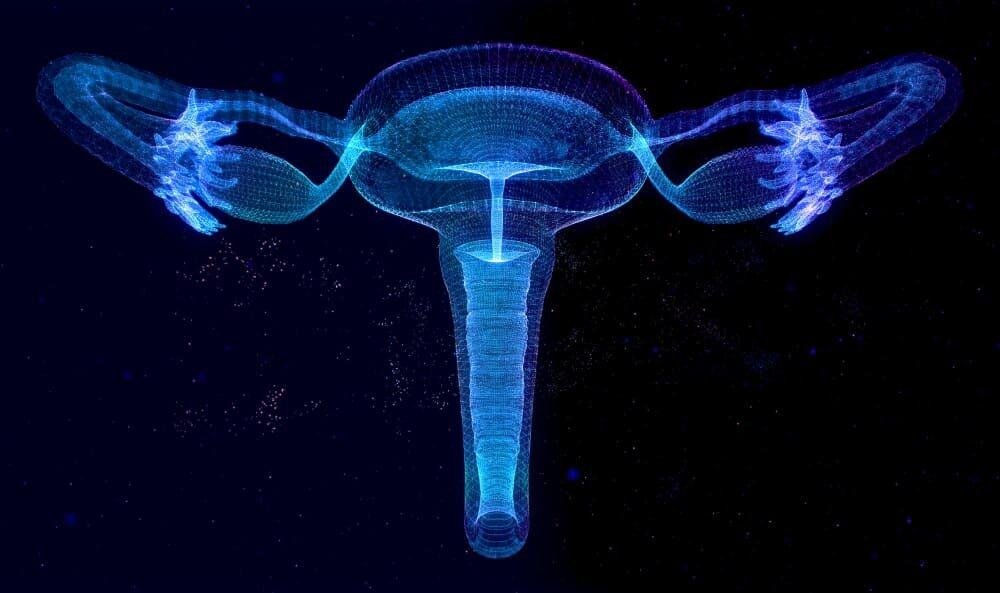How do you know if you have uterine fibroids? This question many women ask when they experience unnatural symptoms such as heavy menstrual bleeding or severe pelvic pain. Understanding these symptoms and knowing when to see a doctor helps in early detection and effective treatment of fibroids.

How Do You Know If You Have Uterine Fibroids? 🤔
Uterine fibroids are noncancerous growths that develop in or on the uterus. They are quite common, especially among women of childbearing age. But how do you know if you have them? Let’s break it down together. 💬
Pay Attention to Your Symptoms
Fibroids can cause a variety of symptoms, depending on their size and location in the uterus. Here are some common signs to watch out for:
- Heavy Menstrual Bleeding: If your periods are heavier than usual, it could be a sign of fibroids. You might experience prolonged periods that last more than a week.
- Pelvic Pain and Pressure ⚠️: Fibroids can cause pain or pressure in the pelvis or lower abdomen. This might feel like a constant, dull ache or even sharp, cramping pain.
- Frequent Urination: Do you find yourself needing to urinate more often? Fibroids pressing against the bladder can make it hard to fully empty your bladder, leading to frequent trips to the bathroom.
- Constipation: Fibroids can also press against your bowel, causing trouble with bowel movements and leading to constipation or bloating.
- Pain During Sex: Painful intercourse can be a sign that fibroids are affecting your pelvic area.
- Abdominal Swelling: Fibroids can cause your abdomen to swell, making you look or feel bloated.
- Anemia 🩸: Heavy bleeding can lead to anemia, making you feel tired or weak.
Consult Your Healthcare Provider
If you are experiencing any of these symptoms, you must talk to your healthcare provider. They may perform a pelvic exam to feel for any abnormal masses or growths in your uterus. An ultrasound or MRI scan may be used to create a detailed picture of your uterus and detect the presence of fibroids.
Get a Diagnosis
Your doctor will use imaging tests, such as ultrasound, to confirm if you have fibroids. These tests help your provider see the size, location, and number of fibroids. In some cases, other diagnostic procedures like hysteroscopy or MRI may be recommended to get a closer look.
What Causes Uterine Fibroids to Grow? 🌱
Uterine fibroids, or myomas or leiomyomas, are noncancerous growths that develop in the uterus. While the exact cause of fibroid growth is still not entirely understood, several factors are known to influence their development:
Hormonal Influence
Fibroids are heavily influenced by hormones, particularly estrogen and progesterone. These hormones stimulate the growth of the uterine lining during the menstrual cycle and can also promote the development of fibroids. Fibroids tend to grow during childbearing due to elevated hormone levels and may shrink after menopause as hormone levels decline.
Genetic Factors
There is evidence to suggest that fibroids can be hereditary. If your mother or sister had fibroids, your chances of developing them may be higher. Genetic mutations within the smooth muscle cells of the uterus can also lead to the formation of fibroids.
Growth Factors and Other Chemicals
Specific growth factors that help maintain tissues, such as insulin-like growth factors, may play a role in developing fibroids. Additionally, substances in the body that influence the shape and growth of tissues could contribute to fibroid formation.
Lifestyle and Environmental Factors
Diet, obesity, and stress can also contribute to fibroid growth. A diet high in red meat and low in green vegetables, fruit, and dairy can increase the risk. Similarly, excessive alcohol consumption and high blood pressure have been linked to an increased risk of fibroids.
New Treatment for Fibroids Without Surgery
For those diagnosed with uterine fibroids, conventional treatment often involves surgical procedures such as hysterectomy. However, advances in interventional radiology have led to practical, less invasive, non-surgical options.
Uterine Fibroid Embolization (UFE)
One of the most promising treatments is uterine fibroid ablation (UFE), a procedure Dr. Samir Abdel Ghaffar specializes in. Uterine fibroid ablation is a minimally invasive treatment that shrinks fibroids by cutting off their blood supply. During the procedure, tiny particles are injected into the arteries, which supply blood to the fibroids and cause them to shrink over time.
Key Benefits:
- No surgery required
- Preserves the uterus
- Short recovery time
- High success rate in reducing fibroid size and symptoms
2. MRI-Guided Focused Ultrasound
Another innovative treatment is MRI-guided focused ultrasound (FUS). This non-invasive procedure uses high-intensity sound waves to generate heat and destroy fibroid tissue. The MRI helps guide the procedure, ensuring that only the fibroids are targeted without affecting the surrounding tissue.
Key Benefits:
- Outpatient procedure
- No incisions or scars
- Immediate return to normal activities
- Reduced fibroid symptoms and size
3. Medications and Hormonal Treatments
For some patients, hormonal treatments and medications can effectively manage fibroid symptoms. These treatments can help shrink fibroids or manage symptoms such as heavy bleeding and cramping. However, these are usually considered temporary solutions or used in combination with other treatments.
Why Choose Non-Surgical Treatment? 🤷♀️
Non-surgical treatments for fibroids are increasingly popular because they offer a safer, less invasive alternative to traditional surgery. Patients often experience fewer complications, a quicker recovery, and the ability to preserve their uterus, which is particularly important for women who wish to maintain their fertility.
If you’re experiencing symptoms of fibroids or have been diagnosed with them, it’s essential to discuss all your options with your gynecologist or ob/gyn. Dr. Samir Abdel Ghaffar, a consultant in interventional radiology and uterine catheterization, can provide expert guidance on the best treatment options based on your individual needs.
Take control of your health by learning more about these innovative, non-surgical treatments and how they could benefit you.
Remember, you’re not alone—fibroids are common, and you can manage them effectively with the right care and support. 💪
☑️ Finding the Best Fibroid Specialist in London: Dr. Samir Abdel Ghaffar

 العربية
العربية 

